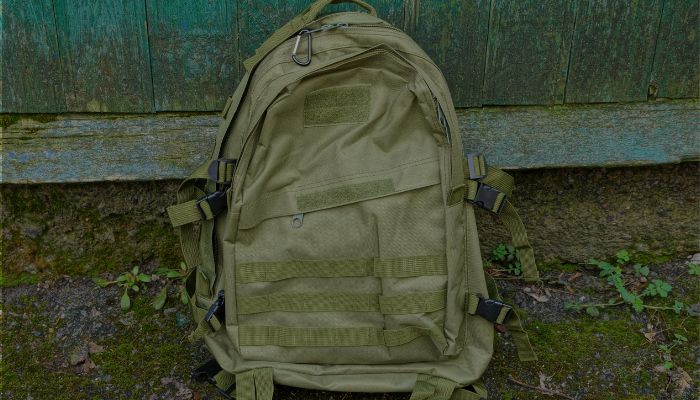
Military backpacks are specialized bags designed to carry all the necessary equipment and supplies for military personnel during field operations, training exercises, or deployment. Packing a military backpack efficiently is crucial for ensuring that soldiers can access their equipment quickly and easily while on the move. Here’s a step-by-step guide to help you pack your military backpack effectively:
Pre-Pack Preparation
- Assess the Mission: Understand the duration of the mission, the terrain, and the weather conditions you’ll encounter. This will help determine what equipment and clothing you’ll need.
- Check the Weight Limits: Be aware of the weight limits of your backpack and distribute the load accordingly.
- Sort Your Gear: Organize your gear into categories such as personal items, first aid, shelter, cooking, and hydration.
Pack Your Backpack
- Start with the Base: Place the bulkier items, such as the sleeping bag and pad, extra clothing, or water bladder, at the bottom of the pack. These items should be placed where they are most comfortable and accessible.
- Add the Middle Layer: Pack in your stove, fuel, cooking utensils, and any food that requires cooking. These items should be easily accessible but not necessarily on top.
- Pack the Day Layer: On top of the middle layer, place items you’ll need throughout the day, such as water bottles, snacks, a rain jacket, a compass, a map, and a first aid kit. These items should be within easy reach.
- Utilize Pockets and Pouches: Your backpack’s various pockets and pouches can store smaller items like batteries, headlamps, multi-tools, and other essential gear that need to be quickly accessible.
- Distribute Weight Evenly. Ensure that weight is distributed evenly throughout the pack to prevent discomfort or potential injury during long periods of wear. Avoid stuffing too many heavy items into one side or one area of the pack.
- Secure Loose Items: Use straps or compression straps to secure any loose items in the pack. This will help keep things organized and prevent items from shifting around during movement.
- Final Check: Double-check that all essential items are packed before closing up the pack. Ensure nothing is left behind, and everything is securely packed in place.
Post-Pack Considerations
- Adjust Straps and Belt: Once packed, adjust the shoulder straps, waist belt, and sternum strap for a comfortable fit. The hip belt should sit at the top of your hip bones, not on your waist. The shoulder straps should be adjusted so that the load sits close to your spine for better balance and support.
- Test It Out: If possible, take a short hike with a fully loaded pack to ensure everything fits comfortably, and there are no rubbing spots or discomfort points from the weight distribution or gear placement within.

